The Conference of the Birds
At the crossroads of the twelfth and thirteenth centuries, Nishapur (a Persian city along the Silk Route) bore witness to a luminary who would shape Persian mystical literature.
Farid-od-Din Mohammad ben Ebrahim, known as Attar, ventured on the Sufi path imbibing wisdom from spiritual masters and journeying within.
His poetry exudes the fragrance of the unseen, a testament to the ineffable.
In his timeless opus "Mantiq al-tair" (Language of the Birds), Attar crafted a parable that whispers of humanity's longing for divine union, adorned with the sufi lexicon.
Within its verses, a tale unfurls—a voyage, both corporeal and spiritual, across seven valleys, embarked upon by a troupe of avian souls.
-
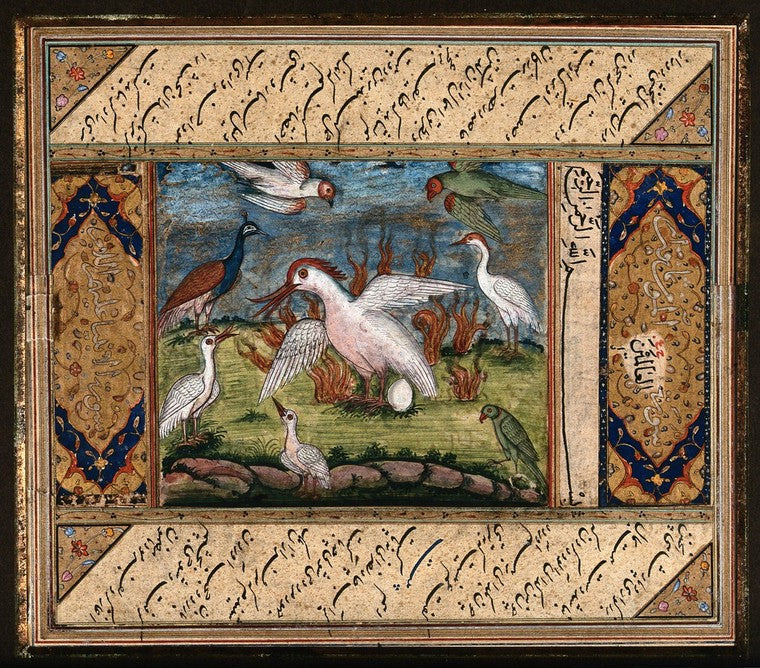
The world's birds gathered for their conference
And said: 'Our constitution makes no sense,
:---:
All nations in the world require a king;
How is it we alone have no such thing?
-
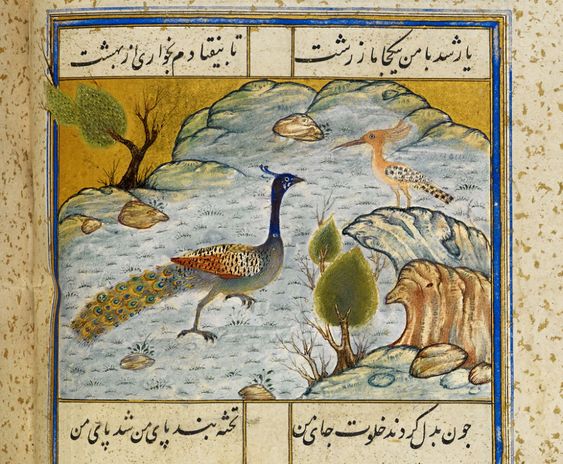
Before we reach our goal,' the hoopoe said,
'The journey's seven valleys lie ahead;
:---:
How far this is the world has never learned,
For no one who has gone there has returned
-
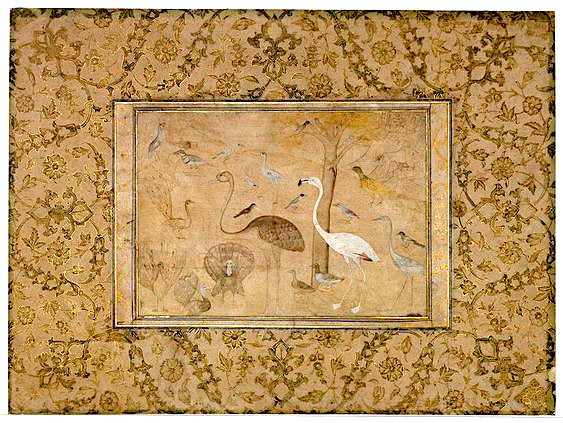
My verse has something wonderful within it
Which is, it gives new meanings every minute,
:---:
And if you read it often, I'm quite sure
Each time you do so you'll enjoy it more
Each parable woven into the fabric of the narrative becomes a shimmering thread of wisdom, guiding the birds, and us, towards the luminous truth that resides at the heart of existence.
Just as the birds in the chronicle, we too take flight, each with our own dreams and aspirations, nestled amidst fears and uncertainties, clutching our personal rendition of truth.
Like winged kinfolk, we soar as one, yet our sojourn dances with individuality.
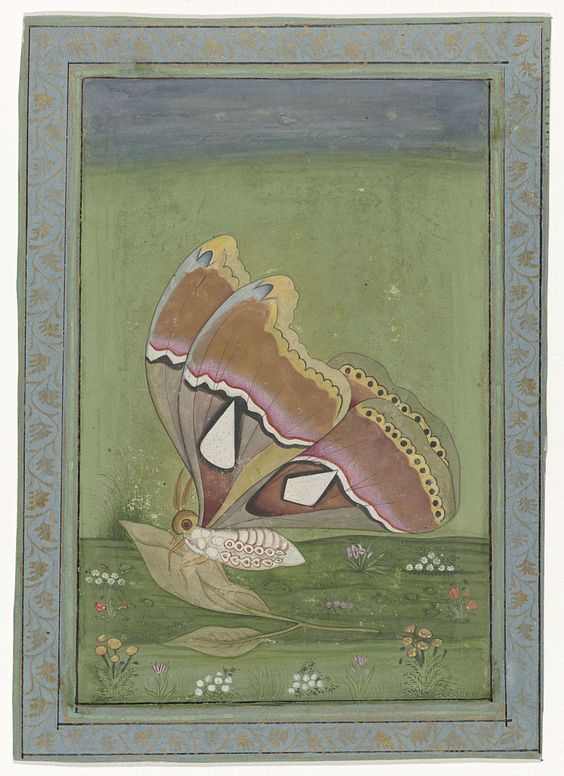
The Parable of the Moth and Flame
Amidst the veiled night, moths congregated, consumed with a yearning to merge with the radiant candle.
Seeking enlightenment, one moth ventured afar, glimpsing the candle's inner glow, while another dared to graze the flames, yet both faltered in capturing the true essence.
Then, an impassioned moth, intoxicated by love, flung itself into the flame, becoming one with its brilliance.
In that fiery embrace, he became the very light he sought, and achieved the ultimate union.
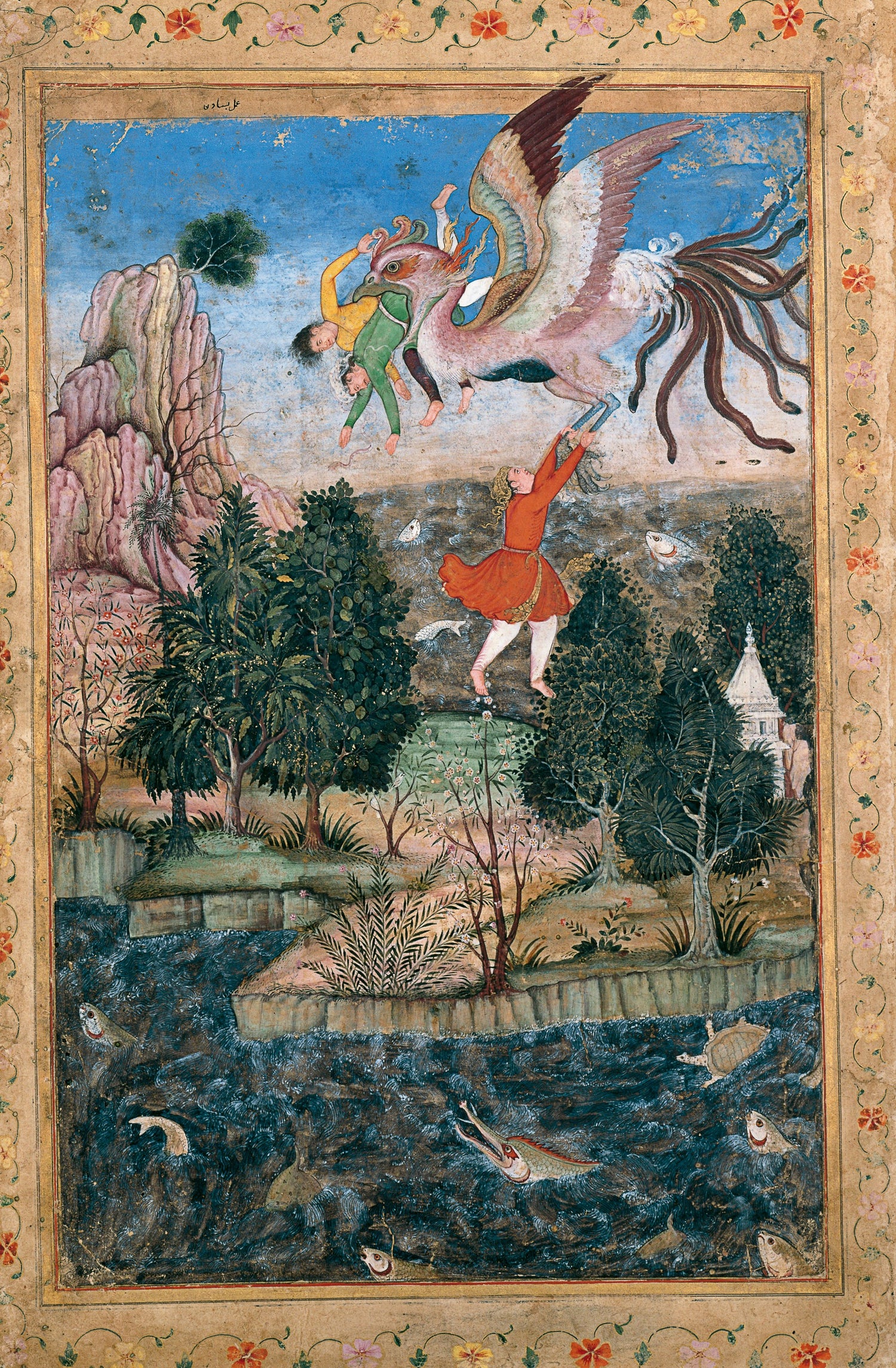
The Simorgh
Attar’s poetry pivots around the fundamental paradox:
you must become nothing in order to become everything, die to be reborn,
lose yourself to find yourself.
::-::
The Simorgh takes wing, yet remains still;
flies, yet crosses no space;
She draws nigh, yet moves not.
Know that all colours flow forth from Simorgh, yet She Herself remains colourless.
Her nest lies in the East, yet nor does the West remain ever void of Her presence.
In the introspective culmination of 'The Conference of the Birds,' as the birds tread through valleys and surmount trials, they arrive at a shimmering lake.
Mirrored within its serene depths, their truth awakens – the Simorgh's quest is an odyssey within, the essence of the majestic bird dwelling in each heart.
A revelation of unity, individuality dissolves as thirty souls become one, reflecting the celestial dance of existence.
✦ “Attar’s poetic finale unveils the ethereal truth:
The seeker and the sought are intertwined, an eternal symphony echoing within





